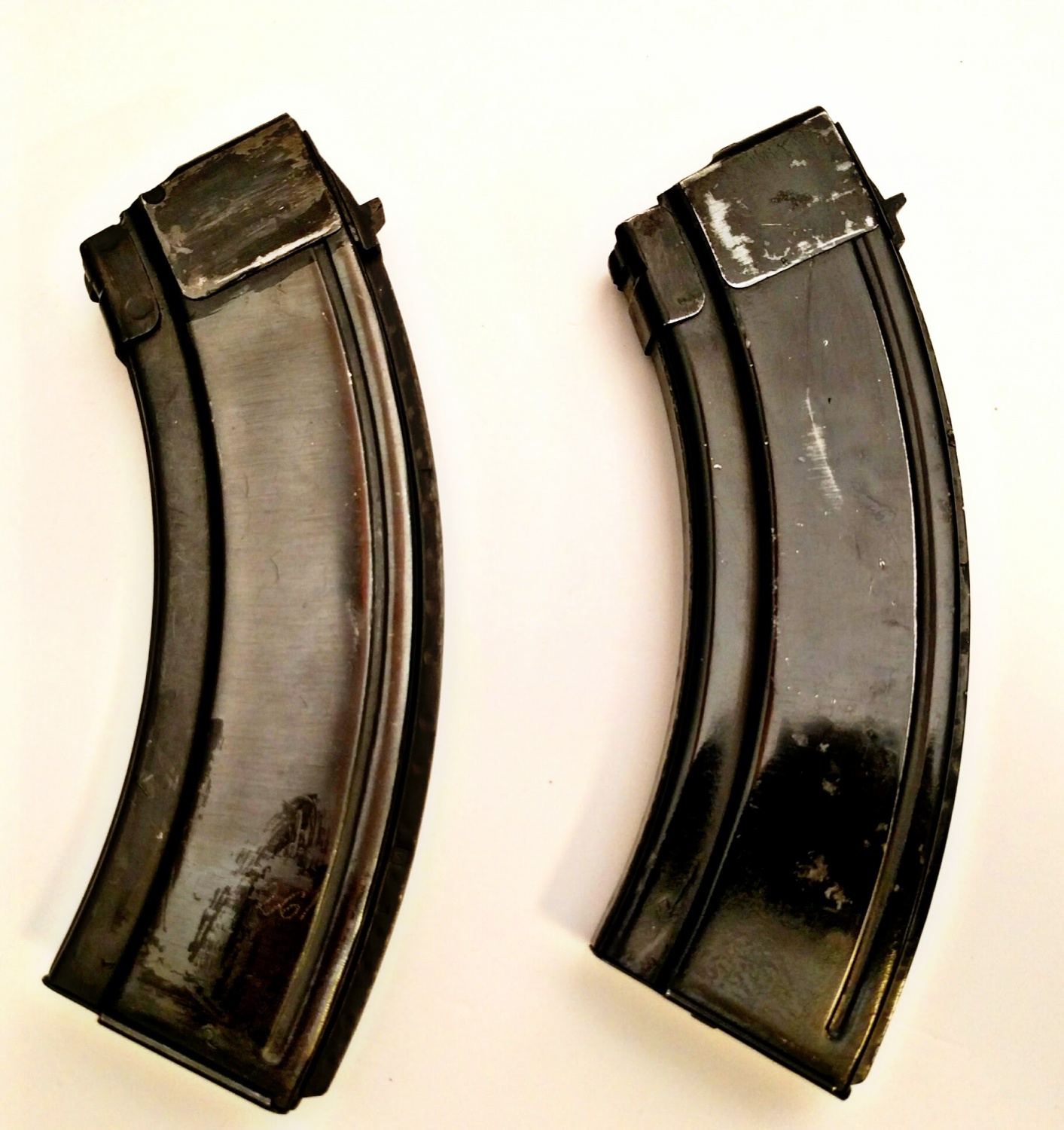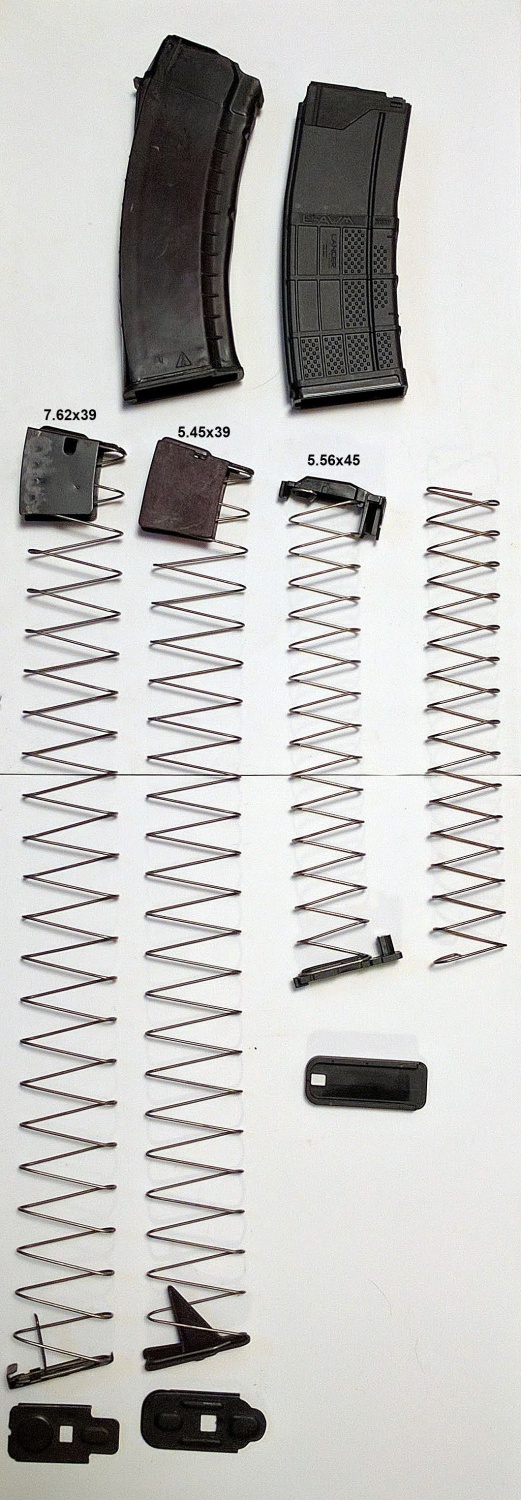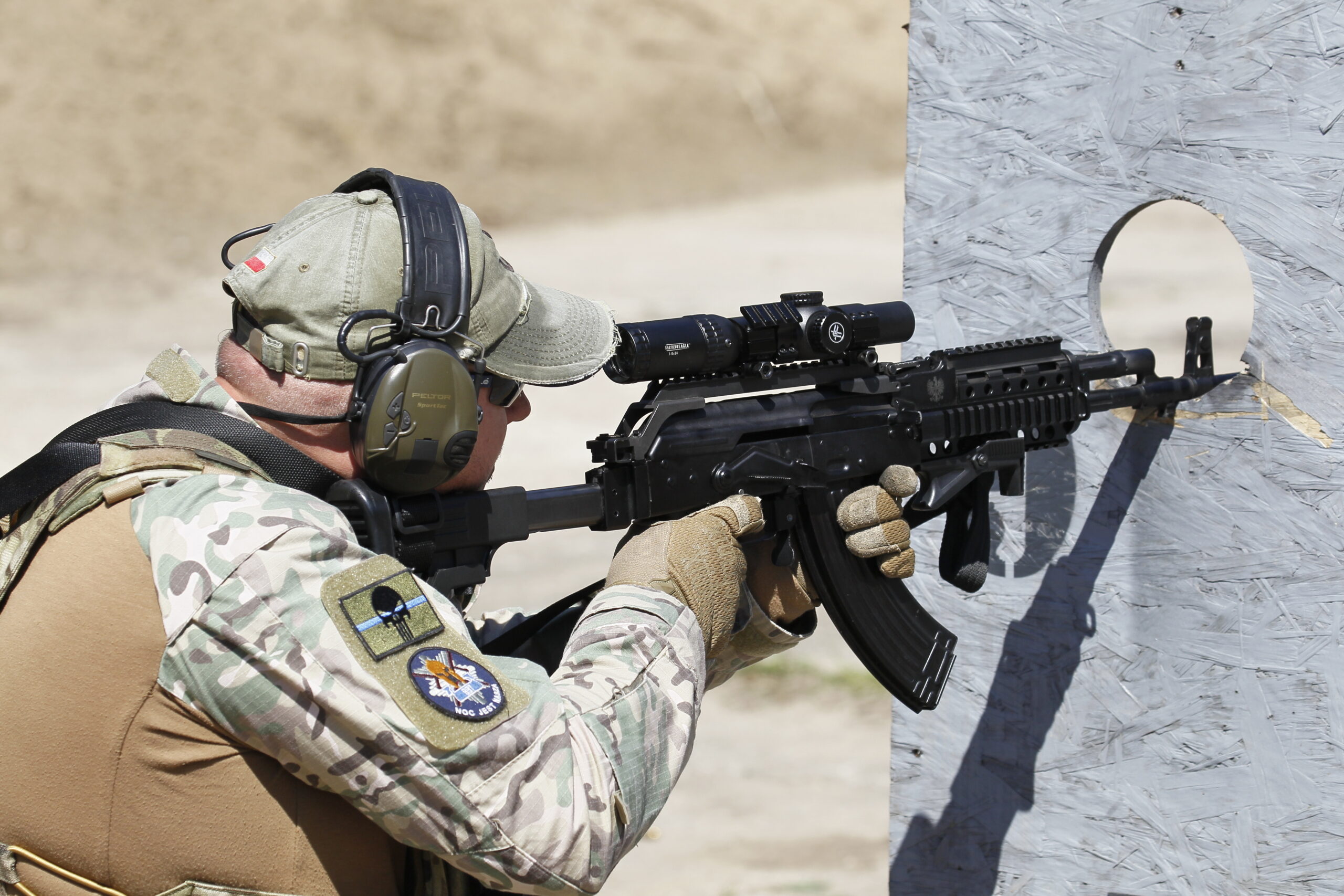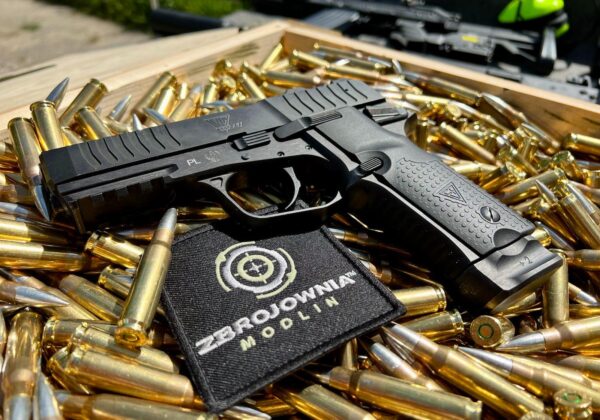The reliability of the AK-47 has become the stuff of legends. Do makes the Soviet carbine the most reliable type of weapon in its class in the world. Here’s a quick guide to the magic of Kalashnikov, which we’ve broken down into six main points. They determine the reputation of the Kalach.
-
Weapon design vs. reliability of AK-47
We denied this point thoroughly in an article treating the origin and construction of the AK 47 carbine, in which we somewhat strip this weapon of its founding legend. Regardless, the AK-47’s carbine qualities and reliability begin with its simple design. For this weapon, the designers did not have to follow very strict criteria relating to the weight of the weapon and its dimensions. This allowed the extra mass involved to be converted into greater reliability.
However, there are more reasons why the AK-47 carbine is so reliable, and they go beyond the design of the rifle itself. So let’s check one by one.
-
Magazine and feeder design
Perhaps the most important component of a magazine-fed firearm system is the magazine itself. Without an efficient, reliable magazine, the weapon simply won’t load properly, and a common (and generally correct) estimate is that 95-99% of malfunctions that occur with modern automatic weapons are the fault of a bad magazine.
The AR-15 carbine had to work for decades for an excellent magazine design, but Kalashnikov approached the magazine design for his AK-47 from a completely different angle. The magazine for AK carbines is a highly sophisticated device that achieves reliability and longevity through a combination of strength and sheer weight. Of course, the Kalashnikov’s magazine is very well constructed, but its most distinctive feature is its oversizing, especially given the original plate-and-side design,
The AK magazine body has a fairly simple curve, but the power turret deserves attention. Rebuilt like the rest of the magazine, the feed turret incorporates clever geometry that supports the magazine when locked in the rifle, without the need for an AR-15-type magazine well. Another important feature of the feeding turret is the relatively long feeding lips, which are long enough to control the movement of the cartridge until its tip enters the barrel chamber. This means that unlike the AR-15, the AK-47 will be very, very unlikely to have a power problem.
Supporting this simple chamber feed is facilitated by a clean AK feed channel. Unlike the AR-15, which has to push its cartridges through the sloped barrel extension and into the chamber, in the AK there is virtually nothing between the bullet and the chamber itself. In addition, cartridges do not have to climb to reach the chamber. The magazine positions them so that they are already virtually axially aligned with it. This exceptionally clean feed channel design, combined with the feed lip system, helps ensure AK-47 reliability and trouble-free ammunition supply every time. It would be untrue to say that AKs have never had problems feeding cartridges, but given the way the feed lips, feed channel and geometry of the AK chamber were designed, this is highly unlikely!

-
Ammunition and chamber design
It’s no secret that 7.62x39mm is one of the most designer-friendly centerfire rifle cartridges ever designed. Extremely well tapered, with a wide bore and low thermal load. This rifle cartridge is optimized for reliable gun performance, not efficiency.
The 7.62x39mm’s successor, the 5.45x39mm cartridge, forgives many of the above features (in particular, a smaller bore diameter, a less ludicrous but still large shell taper angle), but still retains a thick orifice, a wide groove for the extractor claw and a substantial shell cone.
No discussion of the AK chamber and ammunition would be complete without mentioning that the Kalashnikov was an all-chrome weapon from the beginning, with a chrome chamber, barrel, piston and its pusher, and in some models even the entire breech. Chrome plating is essential in areas with high humidity (such as Russia in summer or Indochina). Its absence led to most of the problems with the American M16 rifle in the early years of Vietnam. The fact that the most important parts of the Kalashnikov were hard-chrome plated from the very beginning undoubtedly contributed significantly to the reliability of the AK-47.

-
Springs vs AK-47 reliability
Perhaps the most overlooked basic element of firearms engineering is the humble spring. In the case of modern “automatic” weapons (i.e., powered by the energy of the cartridge itself, as opposed to electrically powered), it is the springs that allow the weapon to be fully utilized. What we see with AK springs is some of the most robust engineering you’ll see in the world of modern automatic small arms.
The AK rifle’s springs are – each one of them – designed to provide sufficient, even power during their stroke. This is done by ensuring that the springs are never fully compressed or fully stretched during normal operation of the weapon. For example, the AK spring does not compress completely, instead the lock bangs against the back of the body. This is bad for the recoil characteristics of the rifle, but good for the spring, allowing it to last longer without wearing out. Perhaps more importantly, however, is the fact that the AK spring never approaches full extension, meaning that even when the lock is fully locked and cocked, the spring still exerts a great deal of force on it. This means that in situations where the chamber is dirty or the cartridge was particularly difficult to remove from the magazine and absorbed a lot of energy carried by the slide, the breech group will always have plenty of energy to close and lock. This is also a key element of the AK-47’s reliability. You can see the difference this makes at home if you have examples of the AK and almost every other semi-automatic rifle at hand: load a cartridge into each chamber and close the lock. Then open it slightly. Many other weapons will remain without locking in this way, but the AK – provided its drive spring is not worn out – will always close and lock, even at a dead stop with zero forward momentum.
The magazine springs are another good example of the dramatic redesign of Kalashnikov’s spring system. Compared to their counterparts, the springs used in AK magazines are extra long, which means they also provide a more even, consistent force on the semicircular stack, allowing the first cartridge to lift into position just as quickly as the last. The comparison below shows the magazine for the AK-74 on the left, and the magazine for the Lancer AWM with USGI spring on the right. Note that the AK-74 spring is almost twice as long!

This section would not be complete without mentioning the semi-famous braided hammer spring AK. The braided spring was a wise choice here, as the higher impact resistance of the braided spring allows the hammer to strike even more violently (and thus reliably), ensuring the ignition of even resistant rifle primers. Like the other springs in a rifle, the hammer spring can also never reach full extension or compression.
-
Drain chamber design
Which brings us to the trigger chamber of the AK. In many ways, it’s a study in orthodoxy, as the AK uses the same Browning double-hook trigger design from the old Auto-5 shotgun. However, combined with this simple, reliable trigger system, the Browning is a Kalashnikov automatic fire and rate of fire reducer that not only allows you to control fire in all modes with a single lever, but also reduces the automatic rate of fire to about 700 shots per minute. You can see how this group of triggers works in the video below:
Certainly, simpler automatic trigger groups have been designed, but the Kalashnikov is still an excellent design that relies on a proven, simple mechanism.
A final note on the fire control group is how the trigger chamber is designed. In the AR-15, the fire control group occupies a small space, with very little room for foreign bodies. In the unlikely event that sand reaches the fire control group, there is very little room to get into the mechanism itself. However, AKs have a much more spacious drain chamber housing, making them much more resistant to debris and sand invasion. Like any mechanical device, they are not immune to dirt ingress, but the extra space greatly reduces the risk of failure compared to other designs that have tightly packed trigger groups. Lastly, it makes it much easier for the user to clean this area without dismantling it.
-
AK reliability details
Finally, we will discuss some minor details about AK that readers may not have considered indicative of its credibility. One of the main factors influencing Kalashnikov’s design had to be performance at low temperatures. It is inconceivable that this was not the case, given the Russian climate. We see a lot of features that appear to be a compromise in this regard. The large and robust safety switch, which slows down and gets louder as it prepares the rifle for firing, is a boon in cold weather. The long length of the switch gives the user considerable leverage to free him from ice, snow and mud, while the short, convenient safety lever of another rifle can simply be frozen completely.
Similarly, the lever magazine release is much more resistant to freezing temperatures than the button release, which, combined with the aforementioned advantage of rock-in magazine levers, gives the Kalashnikov user a significant advantage in cold weather.
Finally, let’s not forget the simple effectiveness of a fixed, right-hand reloading lever. For most people, their dominant arm (usually the right) is stronger. The right-hand reloading handle of the AK is not the most ideal configuration for 3-gun competition, but it is probably the ideal configuration for troubleshooting and troubleshooting, especially in bad weather.
Summary
As you can see, the reliability of the AK-47 is not the result of one thing done right. The reliability of the AK-47 is a component of many elements related to both the weapon itself, the ammunition it uses and the philosophy of using the weapon itself. Of course, any of you are welcome to drop by and see how the AK-47 will perform in your hands!



